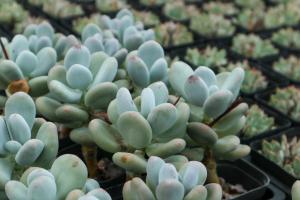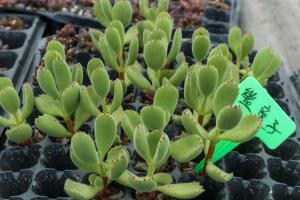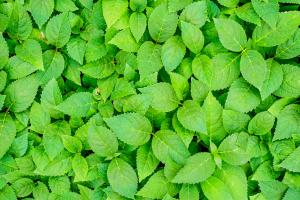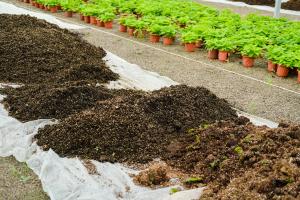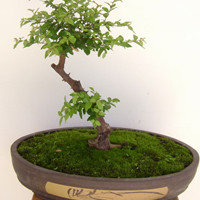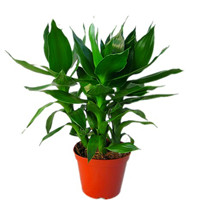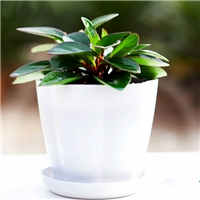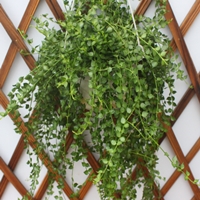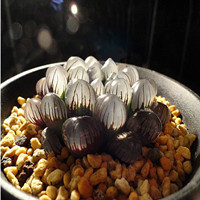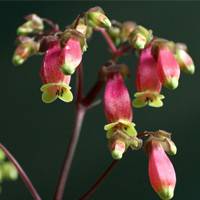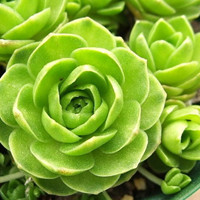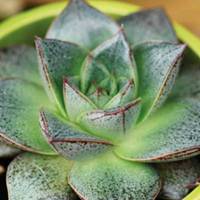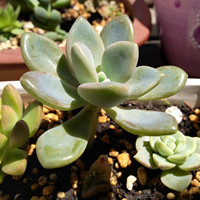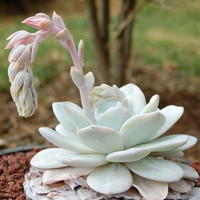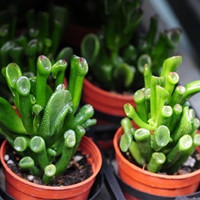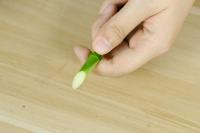What Does It Mean to Propagate a Plant?
Introduction
Propagation is the process of creating new plants from existing ones. It is an essential skill that every gardener must learn to grow a healthy garden. Propagation can be done through different methods depending on the type of plant you want to propagate.
Why Propagate?
There are a few reasons why you might want to propagate a plant. The first reason is to create new plants for your garden. Propagation is the most cost-effective way to create more plants, and it also ensures that your new plants have the same genetics as the parent plant. The second reason is to preserve rare or unusual plants. Propagation allows you to ensure that you have a backup of your prized plants if they get damaged or lost.
Methods of Propagation
There are several methods of propagation, including seed propagation, stem cutting propagation, leaf cutting propagation, and division propagation. Each method is suitable for different types of plants and yields different results.
Seed Propagation
Seed propagation is the easiest and most common method of propagation. It involves collecting seeds from the parent plant and planting them in soil. Seed propagation is suitable for plants that produce seeds, including herbs, vegetables, and flowers.
Stem Cutting Propagation
Stem cutting propagation involves taking a cutting from the stem of the parent plant and planting it in soil. This method is suitable for plants that have woody stems, such as trees and shrubs.
Leaf Cutting Propagation
Leaf cutting propagation involves taking a leaf from the parent plant and planting it in soil. This method is suitable for plants that have fleshy leaves, such as succulents and cacti.
Division Propagation
Division propagation involves dividing the root system of the parent plant into smaller sections and planting them in soil. This method is suitable for plants that have clumping growth habits, such as grasses and ferns.
Propagating Houseplants
Propagating houseplants is a fun and easy way to create more plants for your home. The easiest method for propagating houseplants is stem cutting propagation. Simply take a cutting from the stem of the parent plant and plant it in soil. Keep the soil moist, and in a few weeks, you will have a new plant.
Conclusion
Propagation is an essential skill that every gardener should learn. It is an easy and cost-effective way to create new plants and preserve rare or unusual ones. Different methods of propagation can be used depending on the type of plant you want to propagate. With a little practice, you can become an expert at propagating plants and create a thriving garden.

 how many times do yo...
how many times do yo...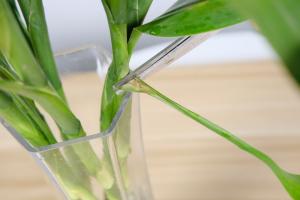 how many planted tre...
how many planted tre...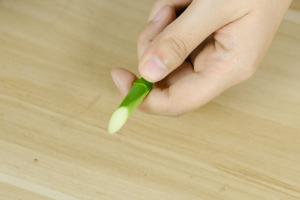 how many pine trees ...
how many pine trees ... how many pecan trees...
how many pecan trees... how many plants comp...
how many plants comp... how many plants can ...
how many plants can ... how many plants and ...
how many plants and ... how many pepper plan...
how many pepper plan...
